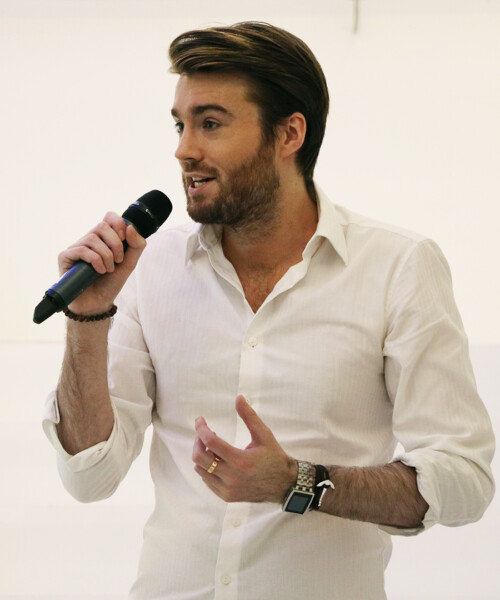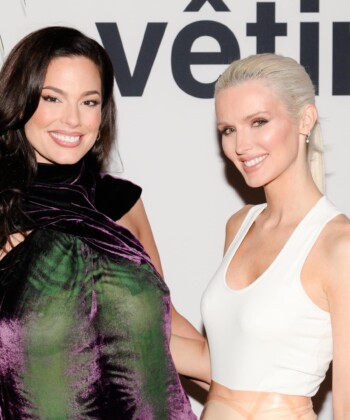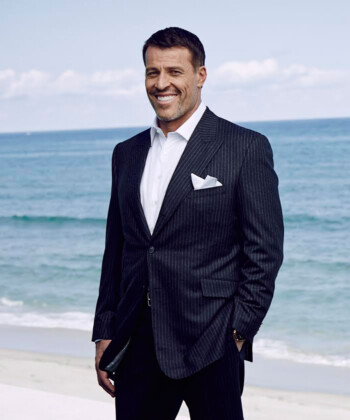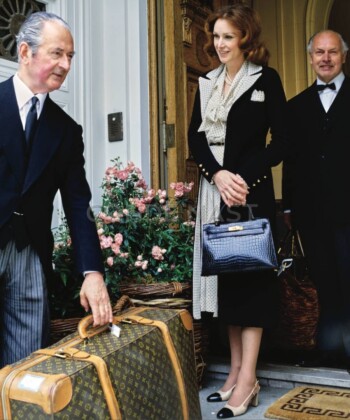Global media company Mashable boasts 24 million social media followers, 43 million unique visitors each month and offices spanning from New York to Singapore. On any given day you could find yourself feverishly scrolling through highly clickable stories, viral videos and cutting-edge news, from the latest advancements in social media to trends on climate change. And not a soul would guess that this digital empire began as the brainchild of a 19-year-old in his parent’s house in the rural town of Banchory, Scotland.
Topping lists like Forbes’ 30 Under 30 and Time’s 100 Most Influential People today, founder Pete Cashmore’s story starts after getting appendicitis at 13. It was during this time, while he was out of school, that Cashmore discovered blogs. “Reading about how technology was changing everything, I got exposed to a whole different world of education. I began to learn more from reading blogs than I was at school,” says the now 29-year-old. And to fuel his passion for writing, Cashmore began submitting articles to magazines across the pond.

Pete Cashmore
This came at a time when the web was just taking off. “The Internet was a thing you could turn on and off. You’d close your laptop and everything was non-existent,” says Cashmore, who by his late teens worked 18-hour days, churning out pieces about the tech landscape. “We paid a flat-rate for our Internet. And before that, it was over our phone lines…My mom would try and call someone and would knock me off the Internet.” But that never stopped him.
An ocean away from the burgeoning Silicon Valley scene, he did everything he could to immerse himself, even if that meant working odd hours to accommodate various time zones. “One of the things you have when you’re starting your career is a lot of drive and time,” he says. “Living in a rural community, there wasn’t much distraction, so I’d write every day. I’d be on my computer and connected to the world.” This passion is exactly what led Cashmore to launch Mashable in 2005. “The name Mashable grew out of this idea of recombination, taking things that existed and putting them together. There was this trend of mash-ups where people were combining things like Flickr photo sharing with Google Maps and making whole new ways of doing things online,” he says.
Cashmore began covering how people were using the web, how it was making an impact in their career and personal lives and how social media was changing the way we connect. “That proved to be something that really resonated with people,” he says. “It wasn’t just for a pure tech audience, but everyone was starting to figure out how it changed their lives.”

Pete Cashmore
And the company has always prided itself on getting there first. “You don’t want to be the billionth person to know that Gangnam Style is the new hot video on YouTube or the 10,000th person to do the ice bucket challenge,” he says. In order to find the next big thing, Mashable created Velocity, a social analytics tool that uses crawling algorithms to find content and predict what’s going viral next. “I hope we’ve helped spread the word about how great technology can be and how it can empower people to change their own lives.”
Given its extensive experience with past innovation, Mashable has positioned itself in a sweet spot for the future. Come September, the company, which has continued to add more channels (fashion, entertainment and climate change, to name a few), celebrates its 10th anniversary. Cashmore credits this editorial acceleration in large part to former New York Times assistant managing editor Jim Roberts, who joined the team in 2013. “Jim coming in with that level of experience in journalism was a big step up for us,” he says. “That was the moment we went from a tech news site to a global news organization.” Since its launch, Mashable had grown its worldwide footprint, expanding internationally to the U.K., Australia and recently mapping Asia.

Pete Cashmore
When broaching the topic of the future of tech, Cashmore’s imagination runs at a rapid-fire pace, predicting advancements in transportation that range from self-driving cars to space travel. But you would expect nothing less from the entrepreneur who has always stayed ahead of the curve. Of Mashable’s future, Cashmore says, “We’re about figuring out how to tell stories in new ways for the digital generation. Maybe they’re watching videos or getting their stories through images on Instagram or Snapchat. But it’s not just about being in as many places as possible—it’s also about having a message. We’re moving the conversation to how people use all of this reach to make a difference in the world.”
That’s not to say this was where Cashmore pictured he’d end up. “When I started, I didn’t expect to be building a global media company that was around in 10 years,” he says. “The aim is to figure out how to turn the things you really like doing into something that is sustainable.” His secret: “It’s a success if you’re doing the thing you enjoy every day.”









































